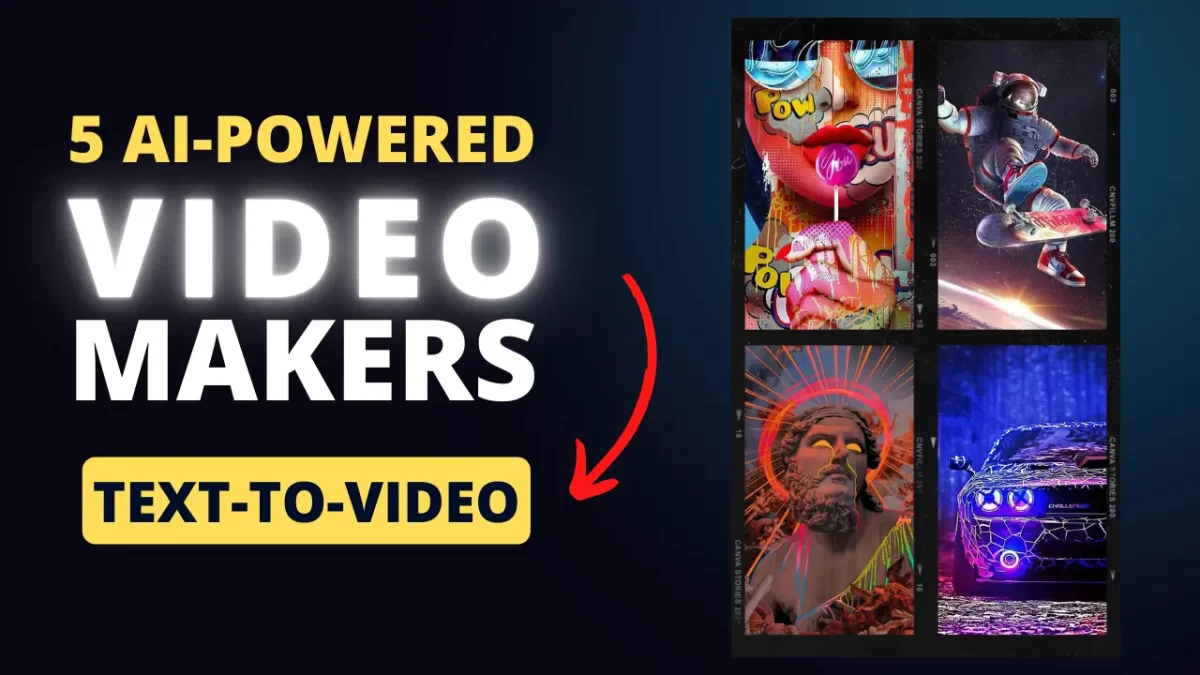Inbound marketing is a strategy that relies on attracting customers to your business through content and interactions, rather than traditional outbound marketing.
This type of digital marketing uses the internet as its primary tool for generating leads and driving sales.
The inbound approach can be used alone as well as an integrated component of an overall outbound tactical marketing plan.
To understand what makes inbound work, it’s important to first look at how businesses have traditionally marketed their products or services over time.
Outbound approaches include direct mail campaigns, print advertisements, and TV/radio commercials which are paid for by the company itself, whereas inbound approaches rely on building relationships with potential customers by providing them with valuable information before asking them to take any kind
Let’s dive into some of the key differences between inbound marketing and outbound marketing by looking at their various pros, cons, and examples.

Inbound Marketing vs Outbound Marketing
The main difference between Inbound Marketing and Outbound Marketing is the approach they take to customer acquisition.
Outbound marketing initiatives—such as advertising on billboards, radio, or television—are typically initiated by marketers who reach out to potential customers by actively trying to get their attention.
Outbound marketing techniques are often referred to as “push” strategies because consumers don’t proactively seek out the business unless they’re already aware of its brand.
For example, if you notice a billboard advertising an album by your favorite artist, you might take interest in that specific album. But, you probably wouldn’t take the time to research the artist’s background and then go out of your way to visit their website or purchase other albums by them.
The inbound marketing approach operates on a “pull” basis by leveraging content that is created for the benefit of consumers—not marketers.
Inbound marketing activities include creating blog posts, webinars, eBooks, and other valuable information to help consumers make informed decisions about their needs.
Inbound marketing strategies are often referred to as “non-commercial” or “educational”.
This means that marketers don’t approach customers to immediately try to sell them a product or service.
Their main goal is to help educate and inform consumers about topics that are of interest to their target market, which helps the business build a relationship with potential customers.
The sales process is eventually initiated once consumers inquire about relevant services or products.
A familiar example of an inbound marketing technique is using Google AdWords to buy search engine traffic for your website.
Creating blog posts and other digital assets to attract organic traffic from other sources is also a good example of inbound marketing at work.
And ebook or whitepaper marketing is a classic example.
Many hybrid approaches combine elements of both outbound and inbound strategies.
You may have heard the term “email marketing”—which falls under the umbrella of inbound marketing because it relies on creating content that is valuable to customers and then sending that content to users via email.
Connecting with Consumers On Their Terms Through Inbound Marketing
One of the biggest selling points of inbound marketing is its focus on customer acquisition by providing consumers with valuable information before asking them to purchase a product or service.
Once potential customers are notified that they have received useful information, their guard is lowered and they are more likely to open themselves up to the sales process.
Think about it: A stranger approaches you on the street and tries to sell you something.
You’re probably not going to buy from that person right away because they haven’t earned your trust, but if a friend you trust recommends a product or service and gives you some compelling reasons for why you should try it, you’re more likely to listen and consider their recommendation.
This is the basic idea behind inbound marketing—it allows marketers to gain trust by providing potential customers with valuable content first before asking them to make a purchase decision.

Lower Cost, Higher Engagement Rates of Inbound Marketing Strategies
For many small businesses that are just starting, resources can be limited.
Inbound marketing techniques don’t require expensive advertising campaigns or large advertisement budgets, which makes them a great strategy for businesses to consider.
Marketing efforts are directed toward creating valuable content and then promoting that content through the web or social media channels to attract as many prospects as possible.
Since inbound marketing is focused on creating content that will attract prospects, the costs are virtually non-existent until it’s time to convert customers into paying customers.
Low-Cost Inbound Marketing Examples
A great example of an inbound marketing strategy with low cost and high engagement rates is a social media contest where consumers can win prizes for participating.
This requires little investment other than your time and expertise, but it’s a social media strategy that gets results.
Inbound marketing strategies are also very effective in producing high engagement rates because they cater to customers’ needs by providing them with content that is valuable to them.
High conversion rates mean higher sales and more potential revenue for businesses.
Increased Traffic & Better SEO with Inbound Marketing
One of the biggest advantages that inbound marketing has over outbound tactics is its ability to generate traffic from relevant sources with minimal effort.
Inbound strategies rely on attracting prospects via channels like social media and search engine optimization, while outbound techniques require businesses to focus their efforts on getting customers through promoted advertisements, which requires a significant investment.
Because inbound marketing relies on creating valuable content for customers to attract them to your business, they are more likely to view the website or social media profiles of a company that provides this value as a trusted resource.
By including links back to your website at strategic locations within these types of assets, you greatly increase your chances of being found—and clicked—through search engine optimization.

Higher Quality Traffic & Better Pricing
One of the best aspects of inbound marketing is that it tends to attract higher-quality traffic than outbound techniques like advertising and email blasts.
Since the process focuses on creating content that people want to consume, consumers are far more likely to be receptive to your business’ brand.
Inbound marketing also tends to attract a larger audience than traditional advertising methods, which can be especially helpful for businesses that are trying to break into new markets and grow their customer base.
By relying on inbound strategies, you can reach consumers across various online platforms with minimal effort or investment. Plus, by developing relationships with your target audience through trust-building content, you increase the likelihood that they will become your customers.
This is true of inbound techniques like search engine optimization and social media campaigns as well as more personalized methods like blogs.
Increasing Revenue with Inbound Marketing
Since inbound marketing strategies rely on attracting potential customers to your website or social media profiles, it can be easier to convert prospects into paying customers.
This means that inbound marketing not only helps you increase customer revenue; it also minimizes your expenses because of the low cost needed to attract them.
If you’re still a bit confused about what is Inbound Marketing then here’s a quick video explaining how the process works.
How to get Started with Inbound Marketing
If you’re looking for some simple steps, here are three easy ways to start your inbound marketing campaign today.
1. Focus on creating engaging content for your audience
Your first step is to make sure that the content that appeals to your target audience is available to them.
Blogs, social media posts, and videos are types of content that can encourage people to take an interest in your brand – if you’re regularly creating original, interesting material, visitors will want to read more and learn more about you.
A strong blog can help you build a community of readers who keep coming back for more.
If you don’t have a blog yet, check out my article on how to create a blog that gets traffic from Google.
2. Get found online with SEO
As mentioned earlier, blogging is a great way to attract people to your website by creating content that they want to read and share.
But you need to make sure that people can find your website when they’re searching for information about your brand.
That’s where search engine optimization comes in: it helps Google and other search engines point their users toward your website when someone types a keyword related to your business into the search bar.
Suggested Reading: 5 Free SEO Tools to Improve Your Rankings in Google
3. Connect with consumers through social media
Once you’ve created content, give people reasons to share it by promoting your blog posts and other assets on social media.
Whether you’re using Facebook, Twitter, or a specialized platform like LinkedIn, your goal is to make sharing easy by encouraging others to spread the word about your content via their profiles and networks.
This will spread awareness about your brand, while also giving you a sense of how and where people are interacting with your content.
Conclusion
As you get started, remember that inbound marketing is a process – it’s something you need to focus on over time if you want to see results.
If you’re just getting started with digital marketing or your company doesn’t have much of a budget for this kind of project, try to integrate these techniques into existing strategies and campaigns as much as possible.
Good luck!

Ali is a digital marketing blogger and author who uses the power of words to inspire and impact others. He has written for leading publications like Business2Community, Inc. Magazine, and Marketing Profs. When not writing, he enjoys spending time with his family.

